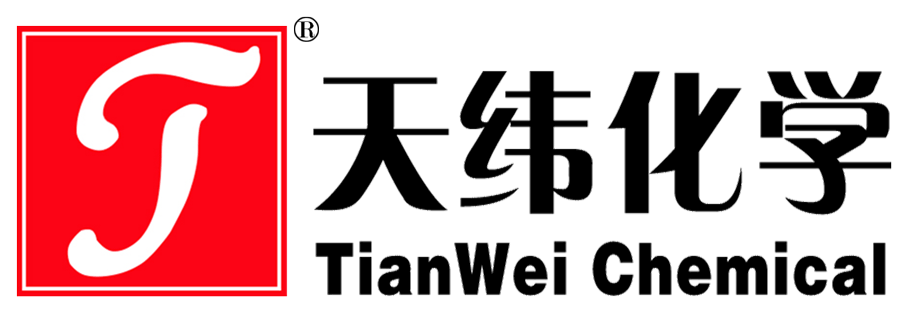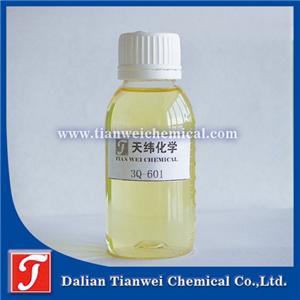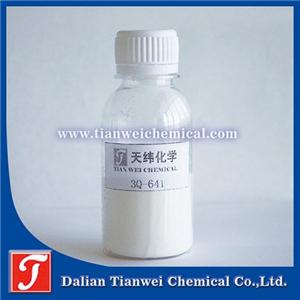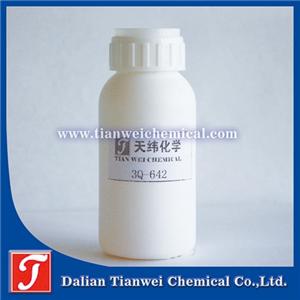Bactericide and preservative for waterborne acrylic coatings
Waterborne acrylic coatings are polymerized from acrylate monomers. Their high water content (solid content 40%-60%) and rich organic components (such as dispersants and thickeners) provide an ideal nutrient source for microorganisms. In an environment with a temperature of 25-35℃ and a humidity of over 70%, microorganisms such as mold and yeast can form colonies within 24 hours, and their metabolic products can cause the following deterioration of the coating:
Physical property attenuation: Microorganisms decompose the polyacrylic acid chain segments in the emulsion, reducing the viscosity of the coating by 30% to 50% and deteriorating the leveling property.
Chemical stability disruption: Acidic metabolites (such as acetic acid and lactic acid) reduce the pH value from 8.5 to below 6.0, causing emulsion demulsification and stratification.
The application risk surges: After the application of moldy paint, defects such as pinholes and bubbles form, the salt spray resistance of the anti-corrosion coating drops by two grades, and the protective life of steel structures is shortened by 60%.
The fungicides and preservatives used in waterborne acrylic coatings need to have broad-spectrum antibacterial properties, low toxicity, chemical stability and good compatibility with the system. The following is a specific analysis:
I. Mechanism of Action
Hindering microbial metabolism: By destroying the cell walls and cell membranes of microorganisms or interfering with their metabolic pathways, it inhibits the growth and reproduction of microorganisms. For instance, certain preservatives can bind to phospholipids on the cell membranes of microorganisms, causing changes in the permeability of the cell membranes and thereby inhibiting the growth of microorganisms.
Damaging cell structure: Some preservatives have strong oxidizing or toxic properties, which can directly damage the cell structure of microorganisms, leading to their death. For example, the reactive oxygen species released by hydrogen peroxide-based preservatives during decomposition can damage the DNA and proteins of microorganisms.
Form a protective barrier: Preservatives form a protective film on the surface of the coating, preventing the invasion of external microorganisms and further extending the shelf life of the coating.
Ii. Performance Requirements
Broad-spectrum antibacterial property: It needs to deal with the contamination risk of multiple microorganisms, can kill a variety of bacteria, molds and yeasts, and has a low dosage with remarkable effect.
Low toxicity and safety: Preservatives with low toxicity and high safety should be given priority to reduce potential harm to the environment and human health, ensure that the product complies with relevant regulations and standards, and avoid legal risks.
Compatibility and stability: It must be compatible with other components in acrylic emulsion, not undergo chemical reactions, and remain stable during storage and use. For instance, preservatives should be miscible with water and low-molecular-weight alcohols, can be added at any stage of the process, and be easy to handle.
Weather resistance and heat resistance: Preservatives should have good weather resistance and heat resistance, not decompose at temperatures below 100℃, have good chemical stability, not hydrolyze, be stable in weak acids and weak alkalis, be able to prevent the development of microorganisms for a long time, have an efficacy of 1-2 years, and be resistant to rain erosion.




